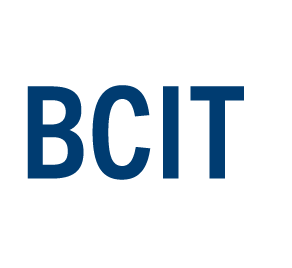Abstract
Proceedings of 12th International Heat Transfer Conference: 18 August 2002, Grenoble, France. Using numerical modelling to simulate and predict the hygrothermal (i.e., combined thermal and moisture)performance of building envelopes is very recent. Key questions include: how to model accurately coupled heat-air and capillary moisture transports in building envelope components; a satisfactory definition of a set of representative environmental boundary conditions to be used for long-term hygrothermal calculations; how to characterize the moisture- and temperature-dependent properties; the effect of aging and cyclic environmental conditions on porous building materials; and how to develop sound criteria to predict the moisture durability of building envelope components. This paper presents the findings of a research project involving detailed hygrothermal modelling. The heat, air and moisture results demonstrated that the in-house model could be adapted successfully for high-rise building calculations. The findings also show how the long-term hygrothermal performance of typical wall systems can be assessed using numerical modelling. A short description of an advanced in-house heat, air and moisture model, hygIRC, is also presented.,Conference paper,Published. A version of this document is published in: 12th International Heat Transfer Conference, Grenoble, France, Sept. 18, 2002, pp. 165-170.
